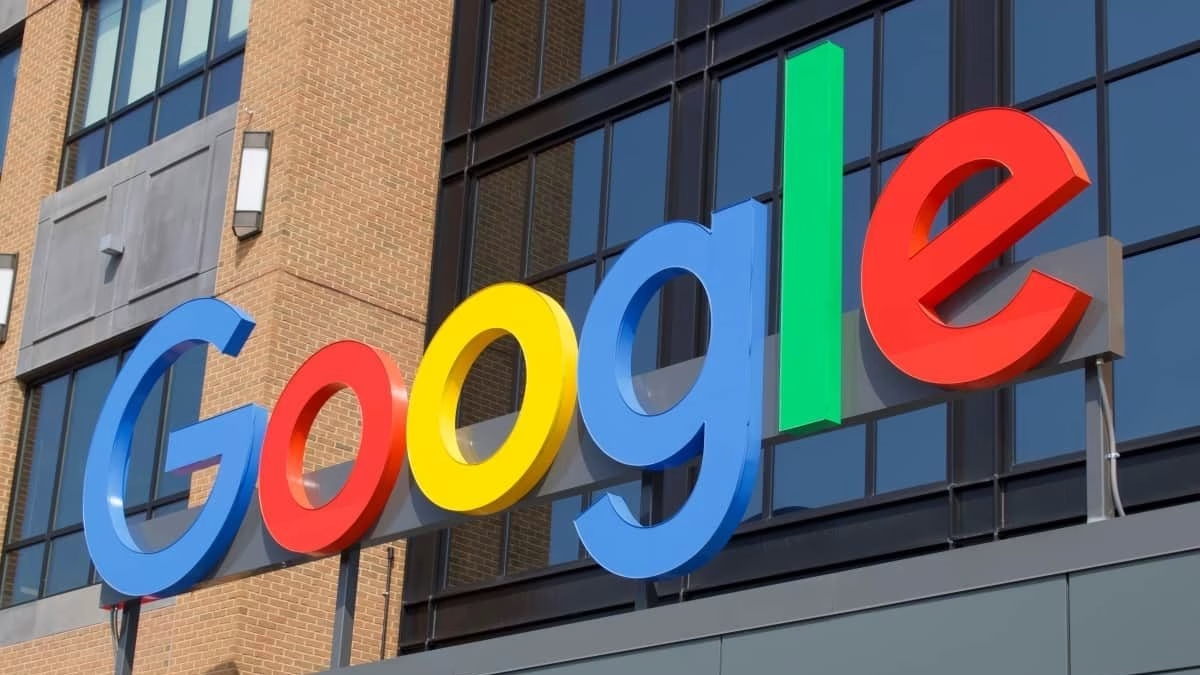Google's "Willow" Chip Outperforms Supercomputers, Paving Path for Quantum Utility
Alphabet Inc.’s Google has announced a monumental stride in quantum computing, running an algorithm on its "Willow" quantum-computing chip that not only outperforms classical supercomputers but also demonstrates a crucial level of repeatability on similar platforms. This breakthrough, detailed earlier this month, is touted by Google as clearing a direct path for useful applications of quantum technology within the next five years. It's a significant development, marking a shift from theoretical demonstrations to practical utility in the quantum realm.
The "Willow" chip, featuring 105 superconducting qubits, executed a Random Circuit Sampling (RCS) algorithm in just under five minutes. For context, classical supercomputers, even the fastest in the world like Oak Ridge's Frontier, would require an estimated 10^25 years to complete the same task. That's an astronomical difference, isn't it? This isn't just about speed; it's about tackling problems currently intractable for even the most powerful conventional machines. More importantly, the experiment's results proved repeatable, a vital validation missing from some previous quantum demonstrations.
From Quantum Supremacy to Quantum Utility
This announcement builds upon Google's earlier "quantum supremacy" claim with its Sycamore chip in 2019. However, "Willow" represents a crucial evolution. Where Sycamore demonstrated a computational feat beyond classical reach, the new focus is squarely on "quantum utility." It's a paradigm shift. The key differentiator here is the achieved error rate: Willow boasts fidelity above 99.9% for two-qubit gates, meaning error rates are below 0.1% per qubit. This drastically improved error performance is essential for scalable error correction, making the computations robust enough to be truly useful.
Hartmut Neven, VP of Google Quantum AI, underscored this shift, stating Willow demonstrates that quantum computers can now perform computations beyond classical machines "in a repeatable way, paving the path for practical applications." This emphasis on repeatability and lower error rates addresses a major critique leveled against earlier quantum breakthroughs—that they were fragile and difficult to replicate outside of highly controlled lab conditions.
Anticipating Real-World Applications Within Five Years
Google's bold prediction of "useful applications within five years" means we could see quantum technology moving beyond the lab and into industrial use cases by 2030. What kind of applications are we talking about? Think drug discovery, where quantum computers can simulate molecular interactions with unprecedented accuracy, accelerating the development of new pharmaceuticals. Battery design is another promising area, optimizing materials for more efficient and longer-lasting energy storage. And certainly, advanced materials science, opening doors for innovative designs and properties.
Alphabet CEO Sundar Pichai recently highlighted Willow on an earnings call, calling it a "milestone" for quantum utility and confirming Google's substantial investment—a reported $2 billion in quantum R&D for 2026. This isn't just a science project anymore; it's a strategic pillar for Alphabet's future in AI and computing. Enterprises could potentially access Willow's capabilities via Google Cloud as early as mid-2026, marking a tangible step towards commercialization.
Industry Reactions and the Road Ahead
The quantum computing community has responded with cautious optimism. Experts like Scott Aaronson acknowledge Willow as a "genuine leap," specifically noting how error correction makes utility feasible sooner. While challenges like decoherence persist, this development significantly moves the needle. Competitors, like IBM, have acknowledged the milestone, too, while highlighting their own progress in error correction.
This breakthrough positions Google at the forefront of the race towards fault-tolerant quantum computing. It's a testament to years of dedicated research and engineering. The implications for industries is vast, promising to unlock solutions to problems that have long eluded classical computation. The next five years are certainly going to be fascinating to watch.
